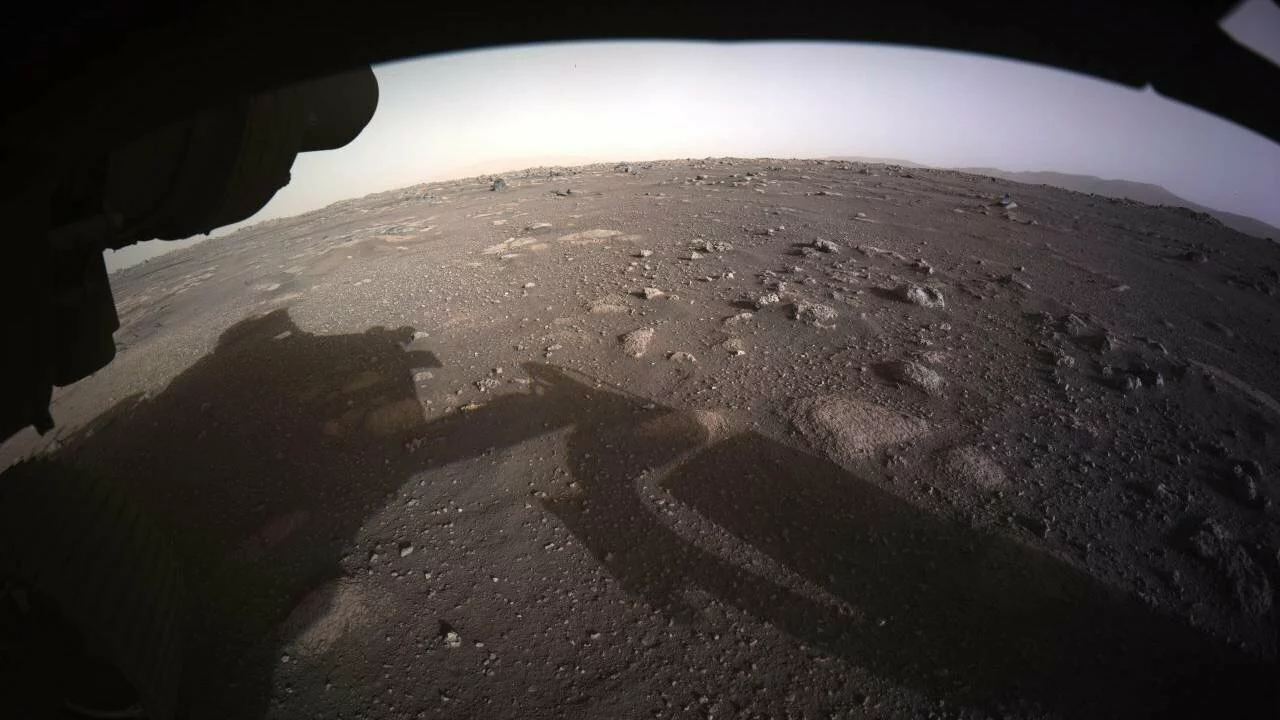Third-gen Suzuki Hayabusa debuts with 190hp inline-four, fresh styling and new electronics package- Technology News, Firstpost
Amaan AhmedFeb 05, 2021 15:15:20 IST
Few superbikes enjoy cult status like the Suzuki Hayabusa does the world over, and that is much the case in India as well, with the big Suzuki vastly popular among the masses as the ‘Dhoom’ bike. The second-gen motorcycle had been around for quite a long time, but now, the wraps are off the third-gen, 2021 Suzuki Hayabusa, and while it may not seem radically different at first glance, there are some vital changes.

Suzuki Hayabusa
2021 Suzuki Hayabusa design and styling
A cursory look will have most people wondering if the new Hayabusa is new at all. After all, it retains its predecessor’s look to a great extent, and is still a pretty long motorcycle with a relatively bulbous fairing. However, Suzuki has chiseled the Hayabusa’s bodywork, so it now looks sharper and has more definition on the surface.
The stacked LED headlights are new, and are flanked by LED DRLs that double up as turn indicators – a first for a Suzuki motorcycle. The completely redesigned tail-lights are all-LED as well, and also function as turn indicators to eliminate the need for a separate set of blinkers and make the new Hayabusa as aerodynamically efficient as it can be. In fact, the design tweaks have been dictated by a need to match the second-gen bike’s aerodynamic efficiency, and Suzuki claims the new Hayabusa’s drag coefficient is among the best in the world for street-legal motorcycles.
2021 Suzuki Hayabusa engine and power output
On the face of it, not much has changed with the new Suzuki Hayabusa’s engine. It’s still the same inline-four unit, and even has the same 1,340cc displacement. However, Suzuki has refined and lightened the pistons and conrods to further enhance engine performance. The new Busa complies with Euro 5 emission norms (equivalent to India’s Bharat Stage 6 norms), and unsurprisingly, is a little less powerful than its predecessor, making 190hp and 150Nm. That said, Suzuki promises improved power delivery and more mid-range torque, and most importantly, the new Hayabusa is said to be quicker – it’ll do 0-100kph in a claimed 3.2 seconds, and go on to a ‘nominal’ top speed of 299kph. Suzuki chose not to equip the Hayabusa’s engine with variable valve timing with a view to keep costs low and maintenance easy.
2021 Suzuki Hayabusa weight, chassis and electronics
While the new Hayabusa retains the twin-spar aluminium chassis of the second-gen bike, it features a lighter sub-frame and also gets a new exhaust system (with hexagonal exhaust cans), which help bring kerb weight down to 264kg, a reduction of 2kg over the outgoing model. Just like with the rest of the bike, Suzuki opted against making a radical change to the Hayabusa’s construction as the aluminium frame was more balanced than the alternatives.
The electronics package is a major talking point with the new Hayabusa. As standard, the new Busa gets Suzuki Drive Mode Selector Alpha (SDMS-a), which brings six power modes (three pre-set and three configurable); 10-step traction control; a two-way quickshifter; 10-stage anti-lift control; three-mode engine braking control; user-set speed limiter; 3-mode launch control; emergency stop warning system; cruise control; combined braking system; cornering ABS; slope dependent braking control and hill hold control. The Hayabusa now has a ride-by-wire throttle, as well as a six-axis inertial measurement unit from Bosch.
2021 Suzuki Hayabusa suspension, wheels, brakes and instrumentation
The new Hayabusa gets a fully-adjustable upside-down fork from KYB, and an adjustable KYB monoshock at the back. Once again, Suzuki has avoided adding electronic adjustment or semi-active suspension in the interests of keeping costs and complications low. The Hayabusa gets redesigned 7-spoke alloy wheels, and has Brembo Stylema monoblocs up front with twin 320mm discs, and a single 260mm disc at the back. With this setup, Suzuki says the new Hayabusa’s braking performance will be a step forward from that of the outgoing bike.
What Hayabusa fans will surely love is how Suzuki has retained the analogue dials for the instrument cluster, but has freshened up the arrangement and added an LCD screen between the dials to relay vital information. That said, the new Hayabusa doesn’t get any new-age connectivity features, a decision taken once again to keep things relatively simple. Rider ergonomics have been tweaked, with the handlebar now sitting 12mm closer to the rider to make long distance journeys more comfortable.
2021 Suzuki Hayabusa India launch and expected price
Like the outgoing version, the 2021 Suzuki Hayabusa, too, is expected to be assembled in India. Set to arrive some time later this year, the new Suzuki Hayabusa’s price in India is likely to be close to the Rs 18 lakh mark (ex-showroom).
What are your thoughts on the new Suzuki Hayabusa? Let us know in the comments.

